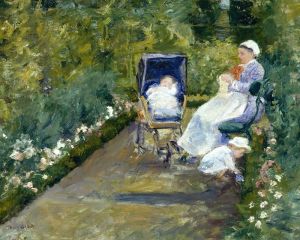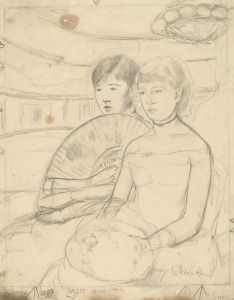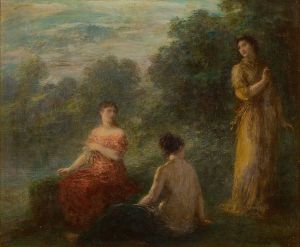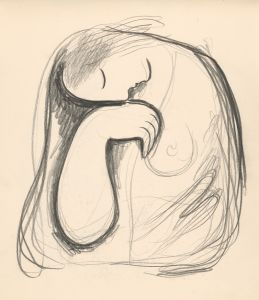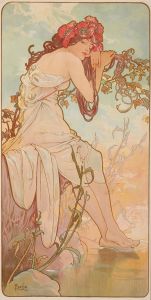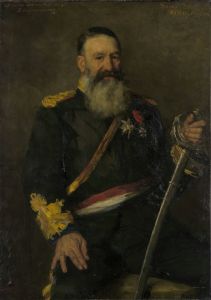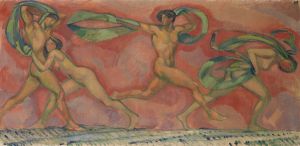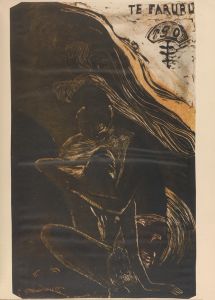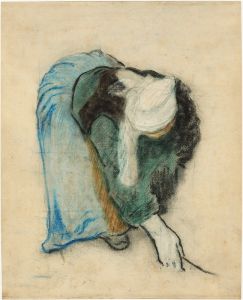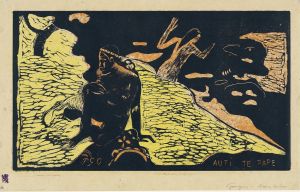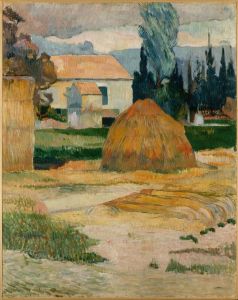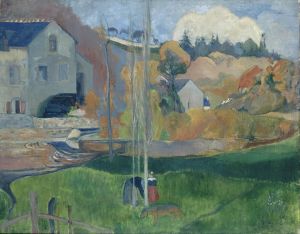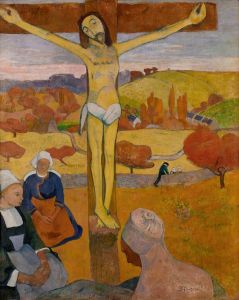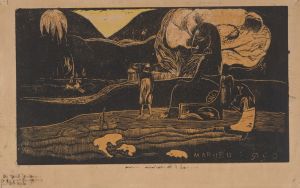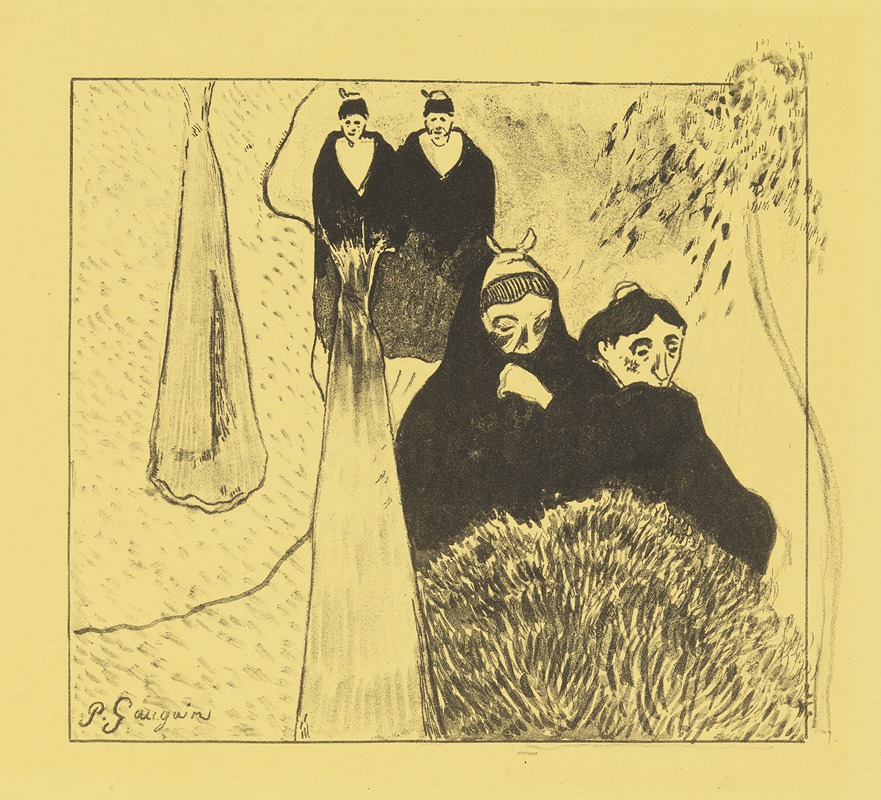
Les vielles filles
A hand-painted replica of Paul Gauguin’s masterpiece Les vielles filles, meticulously crafted by professional artists to capture the true essence of the original. Each piece is created with museum-quality canvas and rare mineral pigments, carefully painted by experienced artists with delicate brushstrokes and rich, layered colors to perfectly recreate the texture of the original artwork. Unlike machine-printed reproductions, this hand-painted version brings the painting to life, infused with the artist’s emotions and skill in every stroke. Whether for personal collection or home decoration, it instantly elevates the artistic atmosphere of any space.
Paul Gauguin, a French post-Impressionist artist, is renowned for his experimental use of color and synthetist style that were distinctly different from Impressionism. One of his works, "Les vielles filles" (translated as "The Old Women"), is a notable example of his unique artistic approach. However, there is limited information available specifically about this painting.
Gauguin's career was marked by his departure from European conventions and his search for more "primitive" cultures, which he believed to be purer and more in touch with nature. This quest led him to Tahiti and the Marquesas Islands, where he created many of his most famous works. His art from this period often depicted the local people and landscapes, infused with vibrant colors and symbolic content.
"Les vielles filles" fits within the broader context of Gauguin's work during his time in French Polynesia. His paintings from this period often feature strong outlines, flat areas of color, and a departure from realistic representation. Gauguin was influenced by the local culture, mythology, and the natural environment, which is reflected in the themes and aesthetics of his work.
Gauguin's technique involved the use of bold colors and simplified forms, which can be seen in "Les vielles filles." His approach was to convey emotional and spiritual experiences rather than to depict the physical world accurately. This painting, like many of his others, likely incorporates elements of symbolism and personal meaning, although specific interpretations can vary.
The title "Les vielles filles" suggests a focus on elderly women, which may indicate a thematic exploration of age, wisdom, or the passage of time. Gauguin often portrayed women in his works, and his depictions ranged from idealized nudes to more realistic and sometimes unflattering portrayals. The exact content and composition of "Les vielles filles" are not well-documented, but it can be inferred that the painting aligns with Gauguin's broader artistic goals and stylistic tendencies.
Gauguin's legacy is complex, as his work was not fully appreciated during his lifetime but has since gained significant recognition and influence. His contributions to modern art include his innovative use of color, his break from traditional European artistic conventions, and his role in the development of Primitivism. "Les vielles filles," while not as widely known as some of his other works, is part of this important body of work that continues to be studied and admired.
In summary, while specific details about "Les vielles filles" are scarce, it is understood to be part of Paul Gauguin's oeuvre from his time in French Polynesia. The painting exemplifies his distinctive style and thematic interests, contributing to his enduring impact on the art world.





